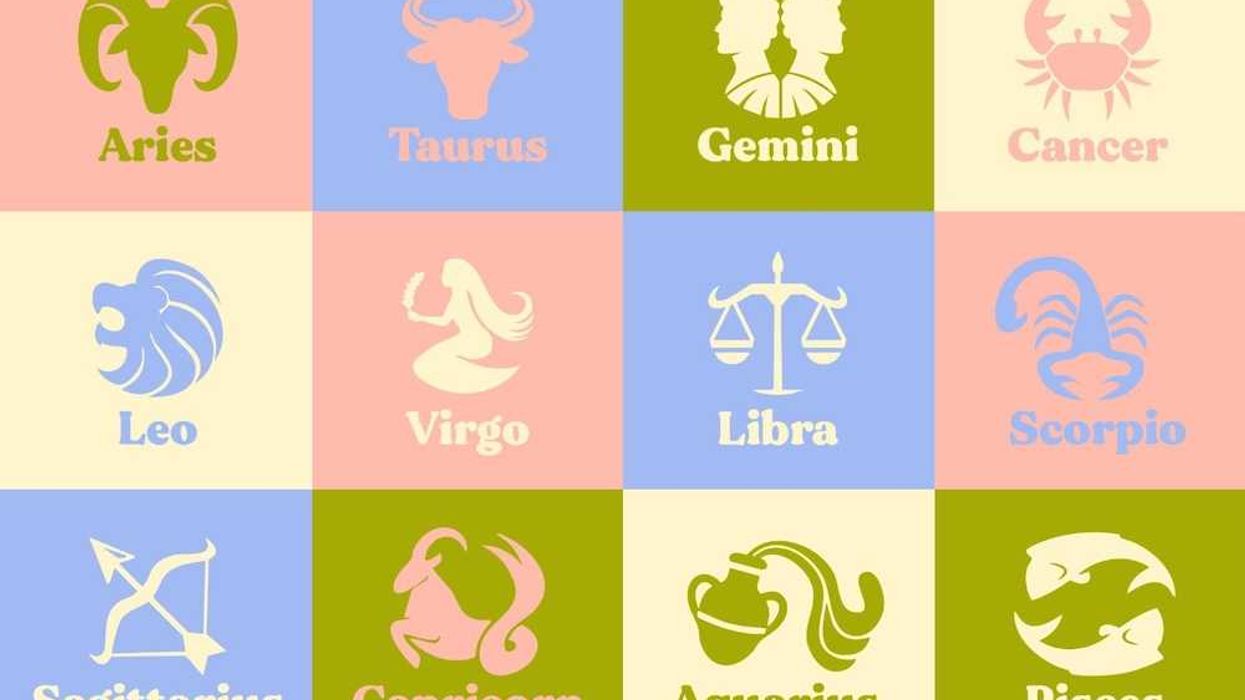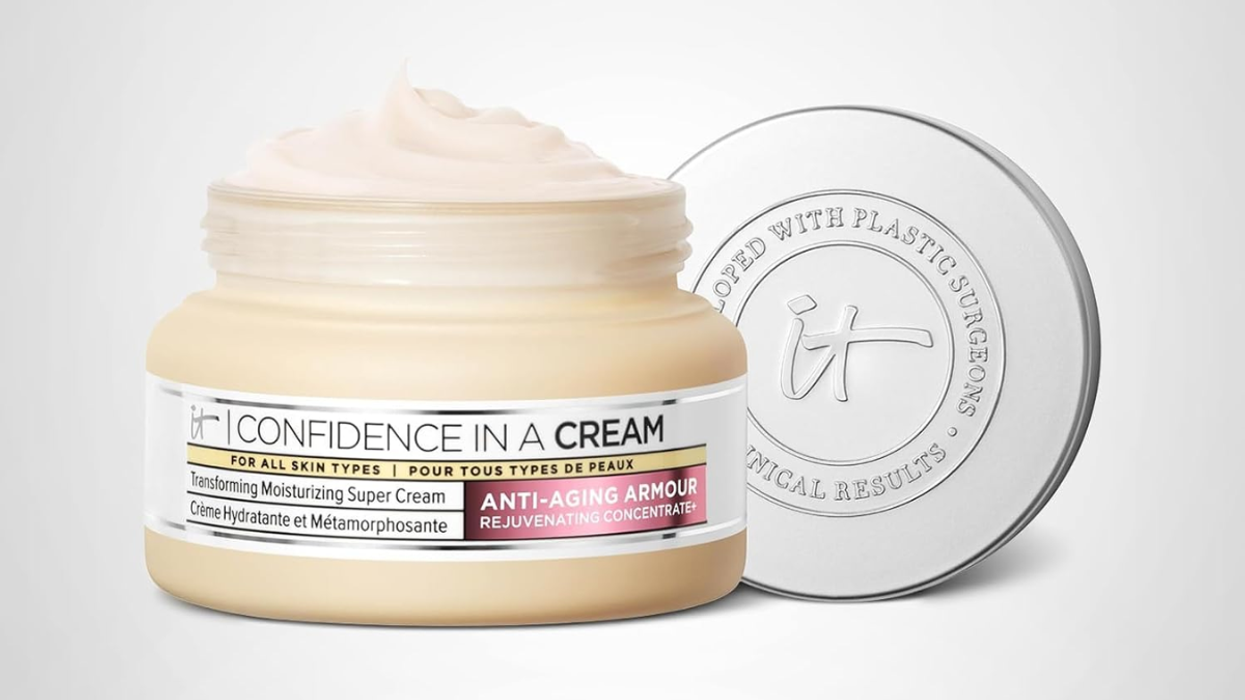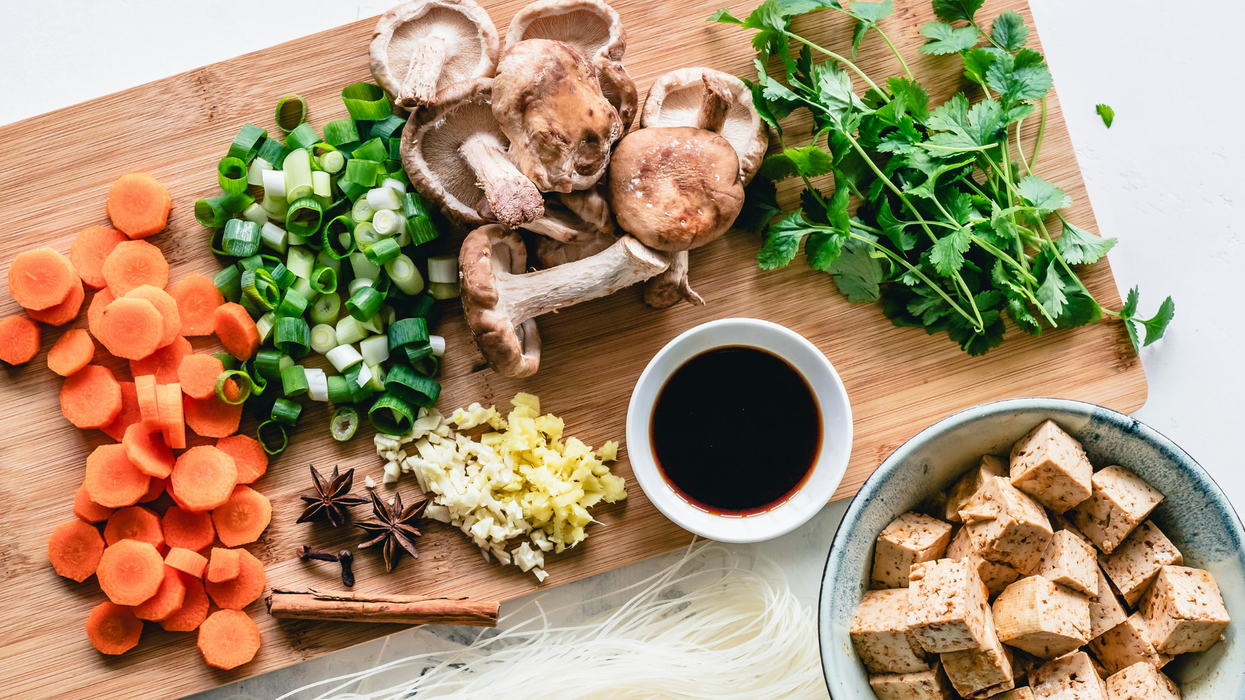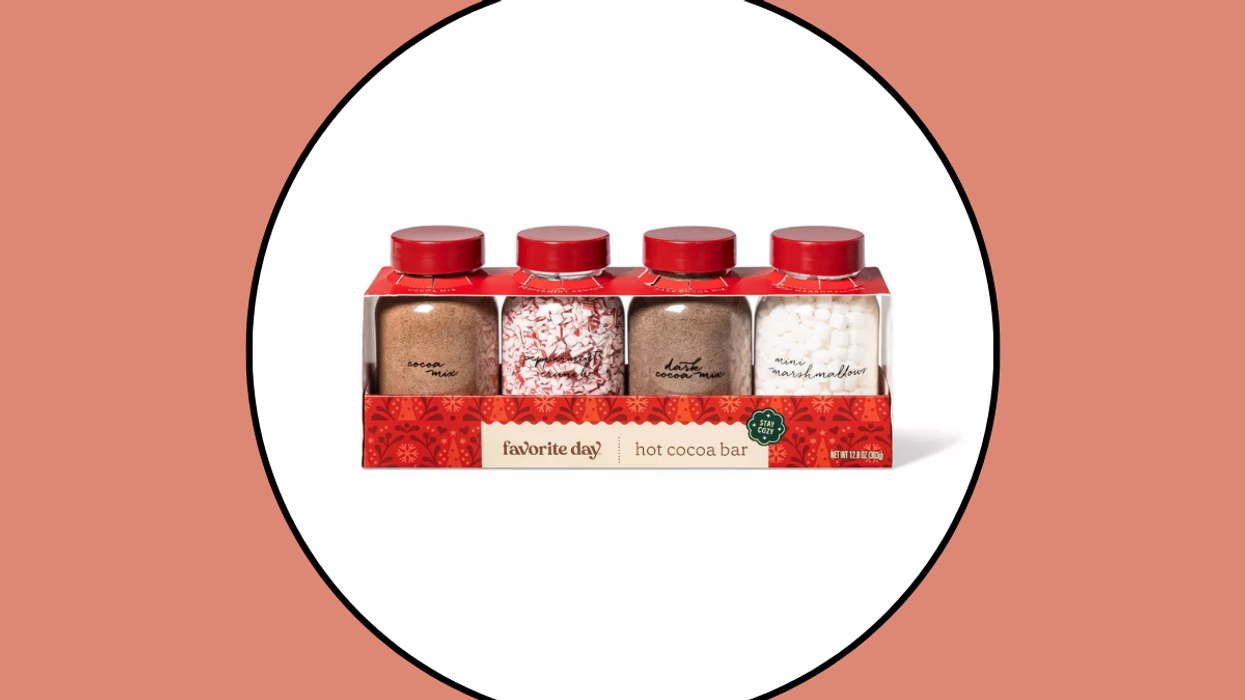It’s not as gross as you think!
What’s the Deal With My Yellow Nails?
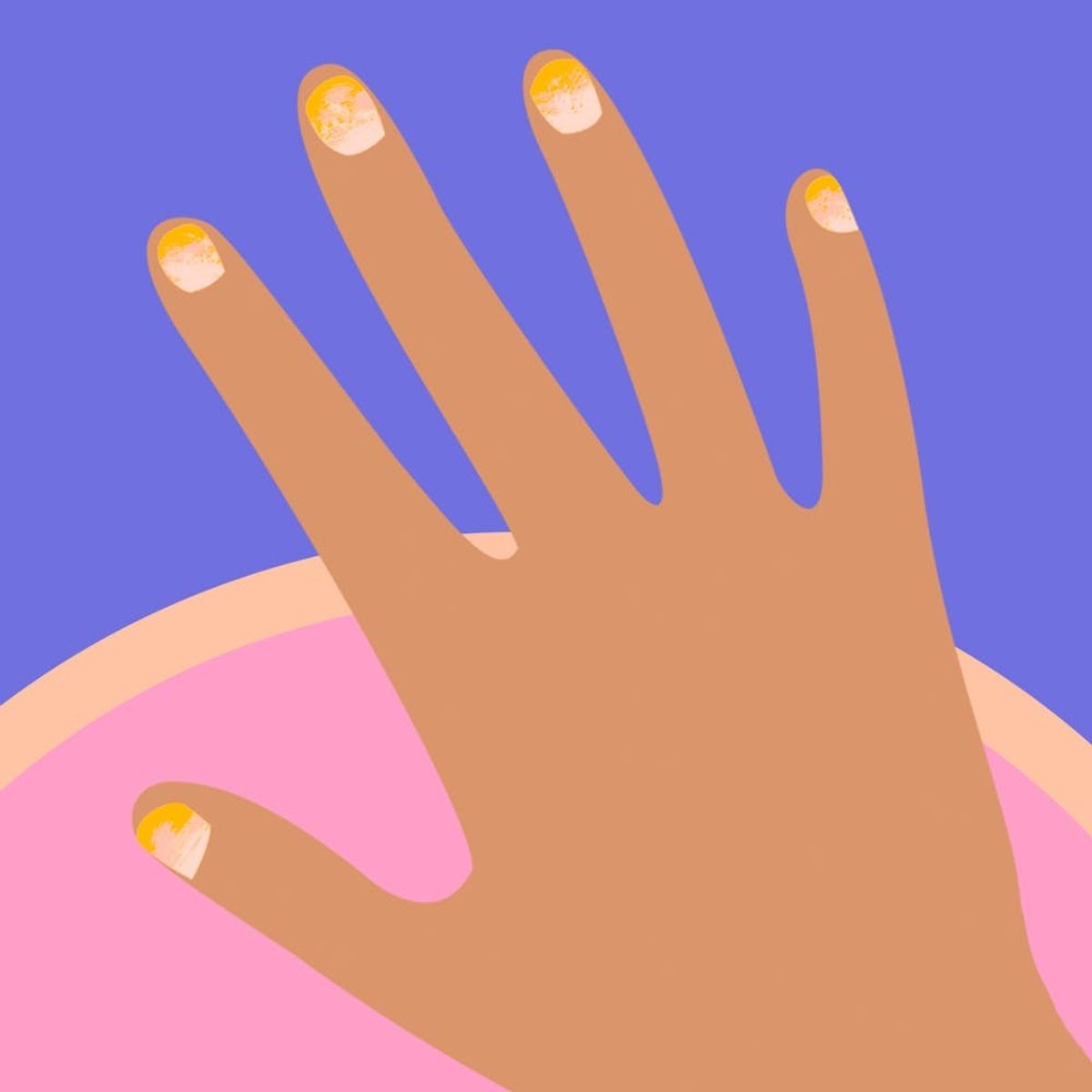
As much as we love swapping tips and tricks to solve our biggest beauty and fashion dilemmas, there are some questions we may not feel comfortable asking our friends about, let alone Google without going incognito. Don’t worry. We’ve got you covered. In this series, we’re tackling those embarrassing queries by turning to experts in the field to get you the answers you need — minus any awkward feelings.
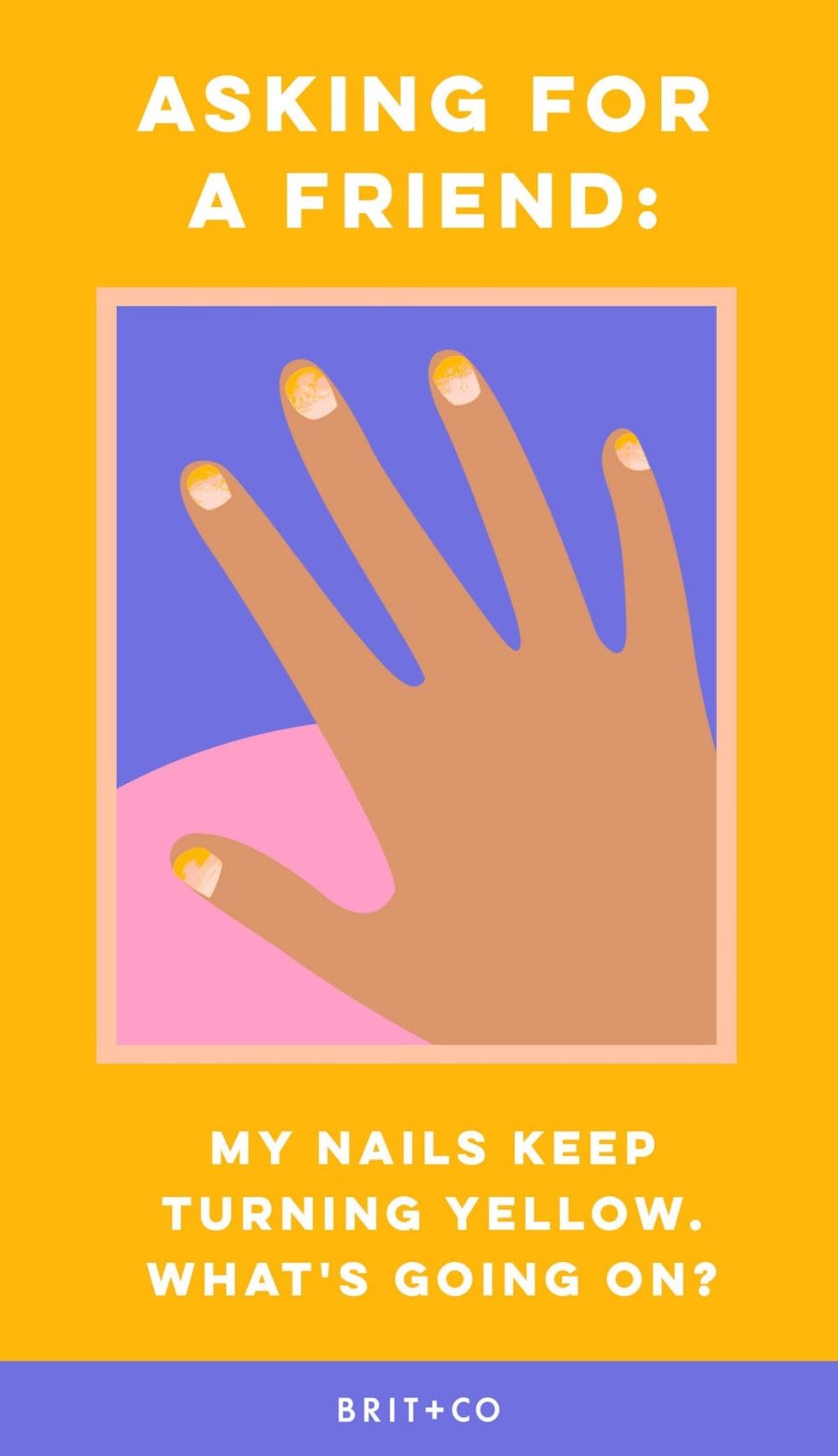
Yellow might make for a cheery manicure color, but we can’t say the same for the sallow tinge that sometimes presents itself post-polish removal. Despite its horrifying unveiling, the beauty woe is a lot more common than you might think. Below, we found out what makes nails turn yellow and what to do about it.
What Causes Yellow Nails?
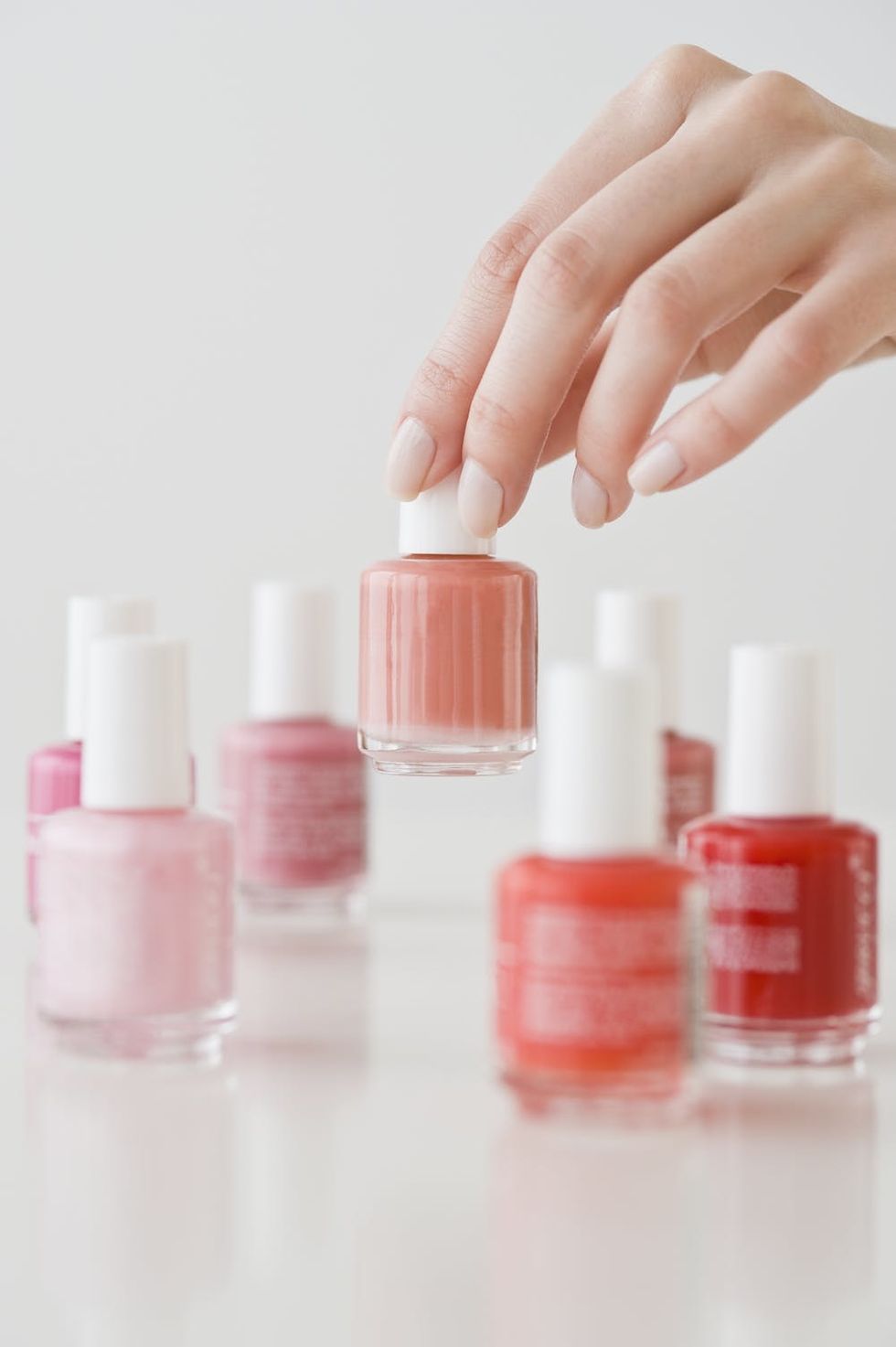
Yellow nails are typically chalked up to leaving nail polish on for too long (#beentheredonethat). And while that is sort of true, it’s not exactly the full story. “Nail yellowing usually signifies that your nails have been dyed by a harsh product,” says Gabrielle Meit, a nail technician at Chillhouse in New York City. The alleged stain could mean that you’ve kept your polish on for too long, but even short-lived manicures can leave behind a yellow tinge known to the pros as pigment migration. (Photo via Tetra Images/ Getty)
Pigment migration is a concern with yellowing nails but also polish in general, as the issue almost always comes down to the shade, not the brand. The darker, moodier hues or highly pigmented formulas can seep deep down and leave behind that yellow overlay we are all too familiar with. And get this: Removing the color may make it even worse. “Polish remover dissolves the polish and makes the pigments migrate and leach,” says Dana Stern, a board-certified dermatologist and nail health expert at Nu Skin. This doesn’t happen to everyone, though; some nails are more porous than others.
could Anything Besides Nail Polish be to Blame?
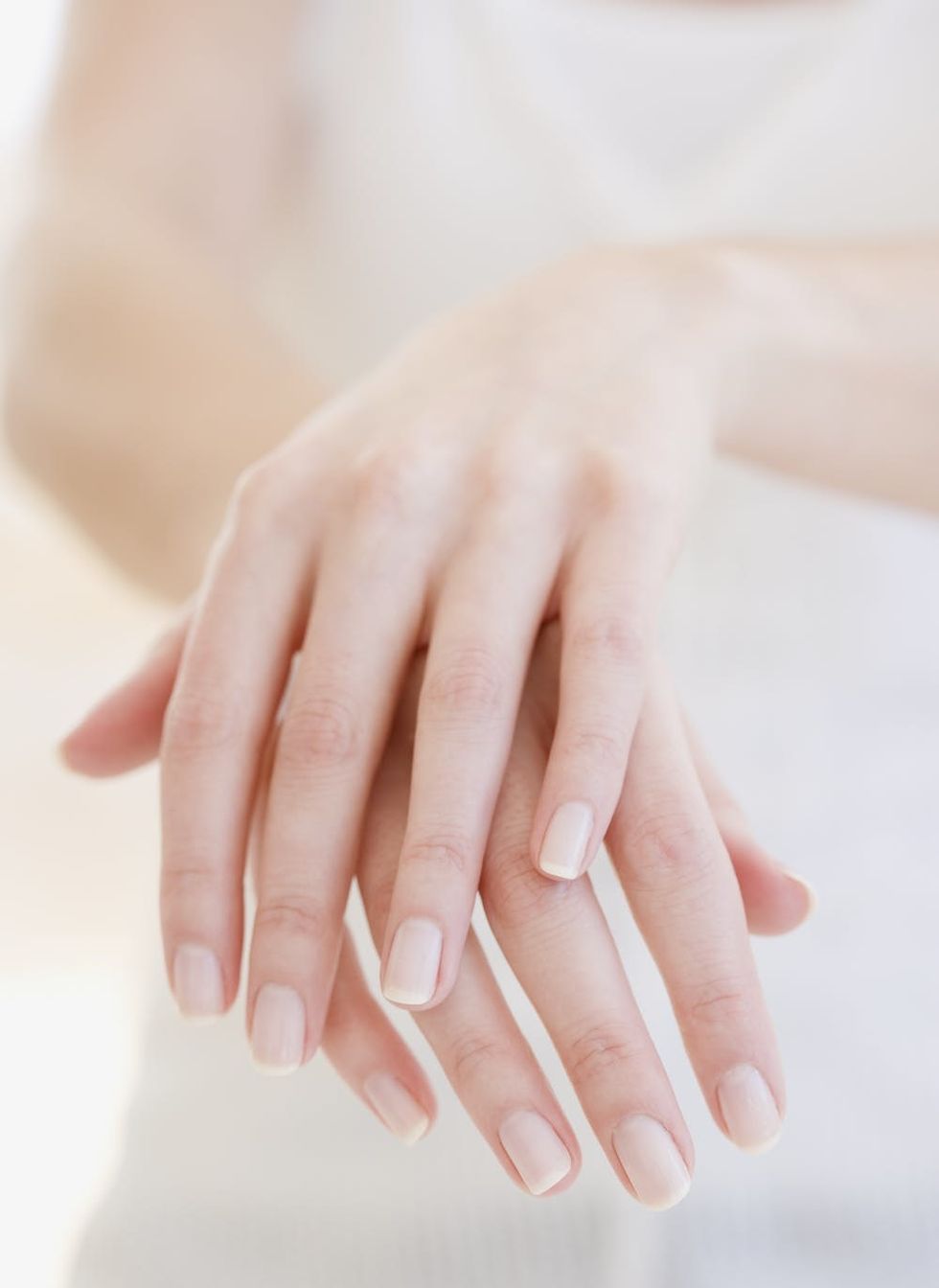
If au naturel nails are more your thing, but you still experience a slight, seemingly jaundiced tinge, the concern is worth getting checked out. Like our skin, nails can be a direct indication of what’s going on in the body; sallow-looking nails could be trying to warn you of a bigger health issue, including an incredibly rare disease known as yellow nail syndrome. Those with it “frequently lack a cuticle as well as lunula (the half moon that is usually visible on the thumbnail and great toenail). The entity is due to failure of the nail to grow sufficiently and is associated with lymphatic disease as well as lung disease of malignancy,” explains Stern. (Photo via Jamie Grill/ Getty)
In the case of toenails, fungal infections could also cause your nails to turn yellow (we don’t blame them — the thought of fungus makes us turn a funny color too). While it’s not always the case — like your fingernails, they can experience stains— it’s a good idea to have them checked out if the issue persists.
Lastly, for those who smoke or use self-tanning products on the regular, these habits could be the answer to your yellowing nails. Quitting could help fade the unwanted shade. As for self-tanner, there’s a reason some formulas come with a mitt. If you don’t have one, we suggest you Amazon Prime the St. Tropez Applicator Mitt ($7). You’re welcome in advance.
What’s The Best Way To Get Rid of Yellow Nails?
Taking a break from nail polish to prevent yellowing is one of the biggest beauty myths lurking around the internet. In theory it makes sense, but in reality your nails could just turn yellow again the next time you paint on your go-to winter shade. According to Meit, sallowness caused by nail polish can be easily avoided if you incorporate a protectant base coat into your manicure routine. Base coats are key because they provide a layer between your nail and the polish, which can “prevent polish from pooling in cracks and crevices,” says Stern.
Prevention is always great, but what the heck do you do if you already have yellow nails? “Nail polish stains can be lightened by using a dilution of hydrogen peroxide,” Stern assures. Mix three tablespoons of hydrogen peroxide and one-half cup of water, then give your nails a soak in the solution for about two minutes. After that, take a nail brush and give a good yet gentle scrub and rinse with water. Repeat this regimen two or three times a week if necessary. “You can [also] use a whitening toothpaste, as these are formulated with hydrogen peroxide,” notes Stern. To give this home hack a try, apply a thin coat of the toothpaste directly to your nails and let it sit for 10 minutes. Finish the job by running a nail brush (a clean toothbrush also works) across your nailbeds, then rinsing with lukewarm water. If the yellow doesn’t subside, repeat the process a few times a week for up to a month.
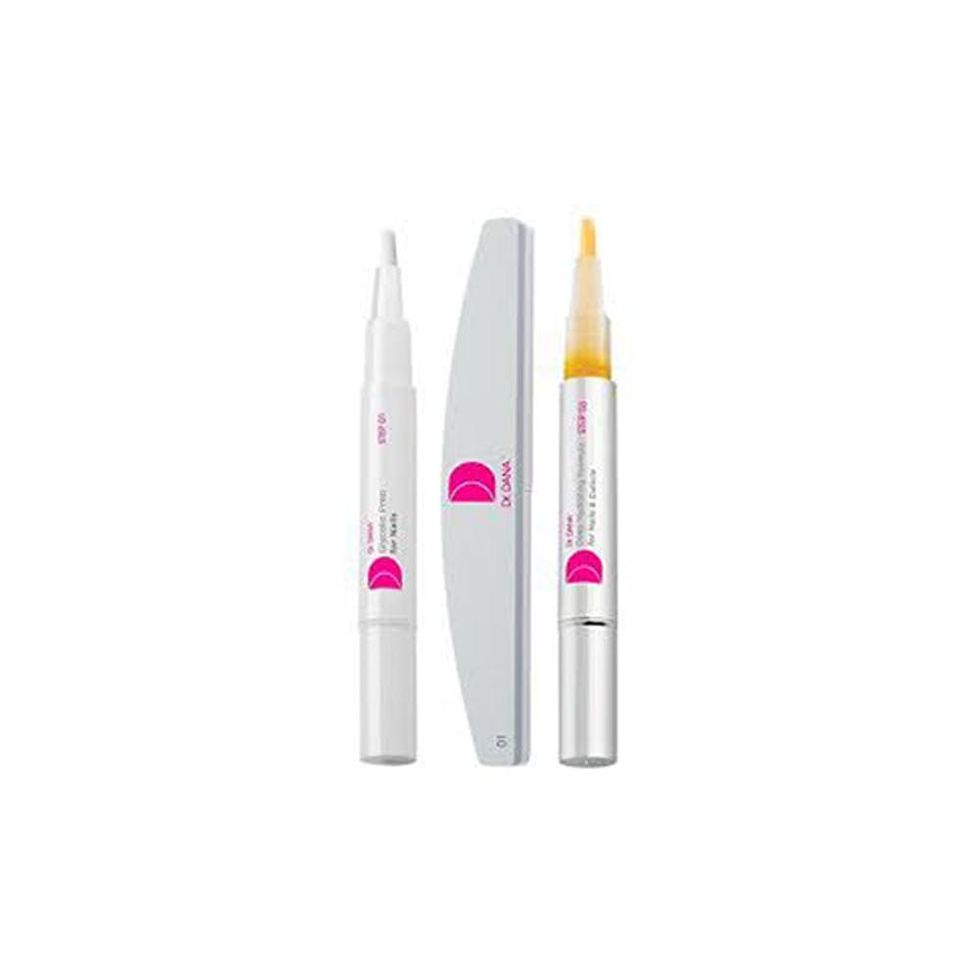
If DIY remedies aren’t appealing, there are some products formulated with yellow stained nails in mind. We’re big fans of the Dr. Dana Nail Renewal System ($55). The treatment tackles all your nail care woes in one. It consists of three steps and features a prep formula made with glycolic acid as well as a priming wand that can work together to remove nail discoloration. The last step is a nourishing elixir that brushes onto the nails and cuticles for optimum hydration.
Have any more awkward beauty questions? Let us know @BritandCo!
Brit + Co may at times use affiliate links to promote products sold by others, but always offers genuine editorial recommendations.


